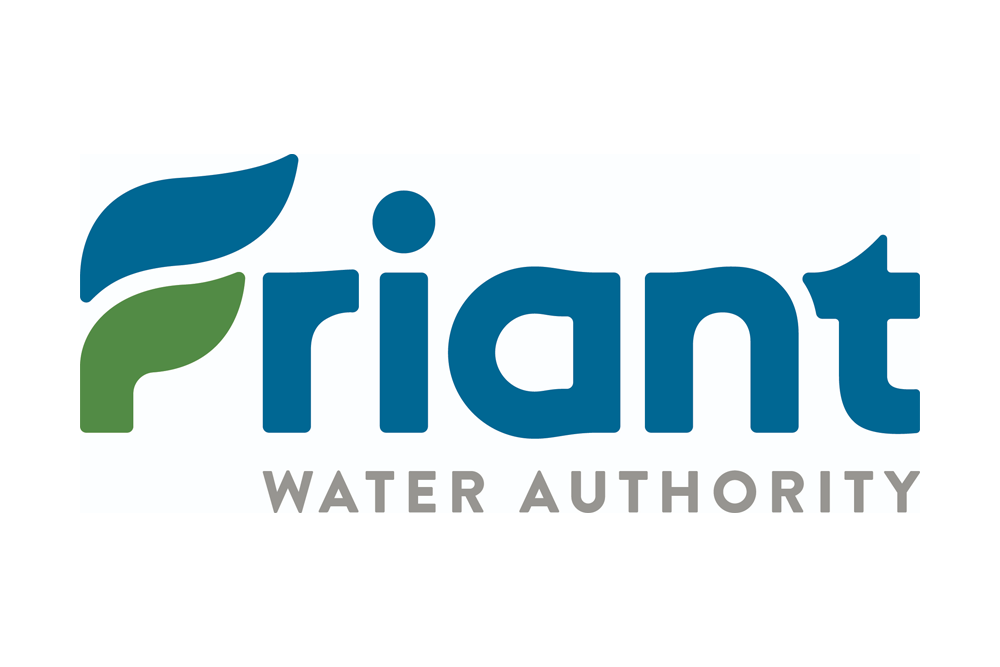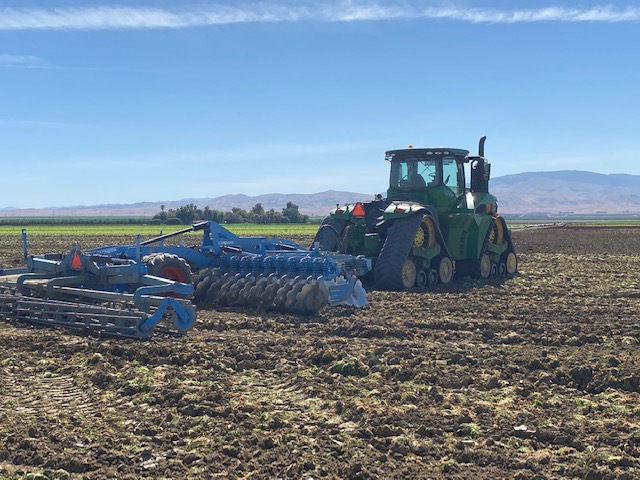The Westlands Water District held its board of directors meeting on Tuesday, June 18, 2024 at its new North Fresno headquarters. I think this is the second time I’ve been here and its boardroom is much more spacious than the old place. The old place had the charm you can only get from a well worn pair of boots. But the foot of attendance swelled and the boot no longer fit.
The Meeting
Things started off at 9:02am with Chairman Jeff Fortune calling the meeting to order and there was no public comment. There was a quorum but Directors Jim Anderson, Ernie Costamagna and Kevin Assemi were not present. The agenda was approved and Director Justin Diener pulled an item from the consent calendar. And it was discussed and the entire calendar was approved.
GM Report
General Manager Allison Febbo reported there is a great deal of displeasure over the allocations doled out by the US Bureau of Reclamation in light of the full water year. On the positive side she reported the Bureau is willing to review its allocation decision process.
allocations doled out by the US Bureau of Reclamation in light of the full water year. On the positive side she reported the Bureau is willing to review its allocation decision process.
Russ Freeman, Deputy GM Resources reported on how much surface and groundwater has been use so far and how much is projected. The last of Westlands’ San Luis Reservoir carryover was used up a by May and it lost a little due to storage loss imposed by the Bureau.
Next Tom Boardman reported most of the reservoir storage is very good with plenty of storage for the cold water pool. He said the snowmelt peak has passed but the storage at Shasta Reservoir is starting to draw down. There are only three out of five pumps still running at the Jones Plant. Boardman said he believes this will go up and there should be more pumping in June than expected. He said it’s unclear but there might be a five percent bump in the allocations.
Boardman said the San Luis Reservoir is about 125,000 a/f higher than the Bureau had expected at the 40 percent allocation. There could be 200,000 a/f more water in SLR at the end of August than the Bureau’s demand estimate methodology. This is the methodology the Bureau is willing to review as this is the newer method. For all purposes it is proving to be an inefficient way to use water.
Director Ross Fransen asked if the June pumping is going to be taken into account. Boardman said the Bureau seems willing to look at this situation. Febbo backed up Boardman’s assessment. Mitch Partovi asked Boardman the difference between his and the Bureau’s estimate. Boardman said there is between 350,000 and 400,000 a/f.
Grower Tom Coleman said he just purchased water from the supplemental pool from the San Luis Water District and there is a $90 difference between that and Westland’s costs.
Febbo said staff recommends hiring a science advisor to help prevent this year’s problem with steelhead in the Delta. She said part of the situation is there isn’t good steelhead estimates. She said the Delta biological opinions or biops are being tinkered with, you might say. There is a lot of talk about the political verses scientific motivation by the Newsom administration to reduce the water supply for most of California before Trump is elected President.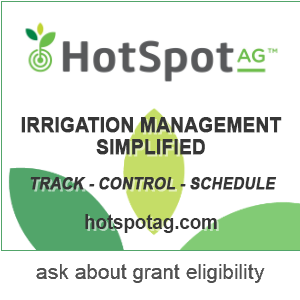
The State Water Resources Control Board is getting closer to imposing its Voluntary Agreements. She said Westlands is keeping a close watch on this matter. The state has the Valley over a barrel by giving a choice of VAs or unimpaired Delta flows.
I asked Febbo if she thought the MOU Westlands signed with Met will maintain its continuity in light of the situation it’s having with its management. The Metropolitan Water District has placed it GM on paid leave pending review of allegations he created a hostile work environment. She said she believed this will not be a problem since Met is motivated to expand its water portfolio and that is the purpose of the MOU.
Febbo said normally Jeff Payne would cover legislation but he’s actually in a VA meeting. She said the Assembly bill to allow water districts to own power transmission is moving forward. There was some monkey butting around that stripped a few key provisions from the bill but they are negotiations taking place to revise this. Director William Bourdeau asked if there is a public relations outreach taking place to show what a good thing this is as opposed to the usual media, knee jerk, anti-Westlands coverage. Yes it the answer. The climate bond contains water funds and that is looking at a $9-10 billion package to put before the voters.
Bourdeau asked if there is a public relations outreach taking place to show what a good thing this is as opposed to the usual media, knee jerk, anti-Westlands coverage. Yes it the answer. The climate bond contains water funds and that is looking at a $9-10 billion package to put before the voters.
There was a Westlands delegation to Washington DC last week and that allowed them to speak on CVP matters to congress. There was an ask to get some help in getting the regulatory agencies to be more cooperative. This appears to have triggered some hearings later this year.
Febbo said there are transportation issues with the San Luis Reservoir dam raise and the San Luis Mendota Canal subsidence fix. Both of these projects are expected to cost about $1 billion each. There is expected to be signatures from sizable number of California Congressmen from both sides of the aisle requesting a review of water policy in the state.
PIO Report
Elizabeth Jonasson, Public Information Officer spoke about the outreach and the use of social media. Under Jonasson Westlands social media has grown considerably. She said networking with the professional community in LinkedIn has grown. They have almost 40,000 followers in total of all the platforms. She said Tik Toc is fading, Twitter or X is softening and others are taking more market share. Facebook is proving to provide less value than it costs to promote a campaign. I got burned out on Fakebook years ago.
Jonasson said the content is king, very important to craft a message. The competition is Tik Toc nonsense and kittens. So they are looking closely at what is trending and some of the content is a bit edgier or funny to deal with this. Bourdeau asked about placement on YouTube and Jonasson said it’s about liking and sharing.
Westlands has hired Jason Mendez to help with content creation. He said the posting of and tagging mention of the organizations Westlands work with like food banks multiplies the views. He said the tone of the content that would appear on Facebook would be different than LinkedIn. Westlands is also sharing news articles about Westlands. He said there was a treasure chest of older photos and video from the old headquarters unearthed during the move. He’s working on developing a series of historical content, known as throwback. He said he needs help identifying people and places from the older images. The district is also looking to place more signage at its historic locations.
Director Jeremy Hughes said he recently toured the fish screens at the Delta and was amazed at the efforts to protect wildlife. He said that’s an important story to tell and he likes where the PIO staff is heading. Grower Rebecca Kaser specifically thanked Jonasson for directing the Wall Street Journal to her. Kaser told the national media what things look like to a farmer in the San Joaquin Valley, water wise. It was a good article that came out June 17th. The reporter is named Carlson, if I recall but don’t hold me to it.
O&M
Kelly Vandergon, the new Director of Operations & Maintenance has taken over those duties from the amazing Bill Pierce who recently retired. Going to miss him. Vandergon seems to be a good fit. He certainly gave a good, detailed report. His report even solicited some good questions from the board, which I take as a good sign. Diener commented on how helpful the information is. For instance, they found that the recharge didn’t overlap with the irrigation supplies last year. This has implications for the pumping plants throughout the district. Westlands’ entire distribution system is piped and that depends on pressure to move the water.
commented on how helpful the information is. For instance, they found that the recharge didn’t overlap with the irrigation supplies last year. This has implications for the pumping plants throughout the district. Westlands’ entire distribution system is piped and that depends on pressure to move the water.
More Electric
Jose Gutierrez, Lt. General Manager reported the ramp up for solar power is moving along. That was that.
Outside Agency Matters
Bourdeau said there will be a meeting of the Family Farm Alliance to find a new president after the passing of Pat O’Toole. He also said current Executive Director Dan Keppen is looking to retire and that is another major position for someone with exceptional skills to fill.
Freeman reported on some San Luis Delta Mendota Water Authority activity because Westlands pays SLDM a big chunk of change each year. Gutierrez said there is nothing new at the State & Federal Water Contractors Agency and Franson had nothing on the Association of California Water Agencies.
Money Stuff
Bourdeau heads the Finance & Administration Committee and asked Controller Bobbie Ormonde to give the investment report. She did and the board liked it so much it approved it. Freeman spoke about the options for allocating and pricing excess water. He said it may not be convenient to buy water in wet years but that is part of getting the extra water during the dry years. He said the first option is to allocate the excess water to all eligible cropland, excluding District owned land. He said this could put an additional cost to growers that may be fallowing some land. He said that could be address by making the receipt of the water an opt in. I heard costs between $300 and about $200 per acre foot.
The second option is to put this supplemental water into a blend with the regular supplies but this would add about $20 to the O&M fees to $170 making the water above $200 per a/f. There was a third option that would cost $365 delivered, but if this is blended with contract water it could come in at $207 per a/f. Another option would be to apply the $170 per a/f for groundwater credit. This would involve almost $8 million from one of the district’s funds. Yet another option would be to move this water subsidence impacted areas and growers would be required to forego pumping. The water would cost what the total package of pumping would cost a grower (power, drilling cost amortization and such) and studies show that to be about $270 a/f if I understood. Freeman said holding out to July to see if the Bureau raises the allocation first before choosing an option. Water gets complicated sometimes and this is an example.
The groundwater option wasn’t popular out the gate. Diener called the option dealing with subsidence prone areas most likely to be very unpopular this year. The board decided to wait for 30-days and perhaps develop a hybrid option that could make the subsidence option more palatable.
Coleman said he has land in the subsidence area and he didn’t spend as much as the estimate for the well and his well is paid for so he doesn’t like the addition of amortization. Grower John Reiter had a comment saying a methodology improvement is needed. Reiter is on the Wheeler Ridge Maricopa Water District board. He said there is a 40 percent State Water Project allocation but the district is able to increase that to a 79 percent allocation by using a different methodology.
Ormonde went over the revised 2024-025 rates and charges and a trashcan full of government accounting and retirement matters. The meeting was recorded if you want to jump down that rabbit hole. The board liked it and approved what needed approval. Forgive me but this is not a subject I have much knowledge in and I feel it would be best to let accountants and rocket surgeons do their thing without my help. I will say this, the board seemed to have a handle on this CalPERS type of stuff.
SGMA
Engineer Kitty Campbell gave her report saying it important to recognize staff’s hosting of a SGMA workshop last month and they did a good job. There is now a map to show where lower aquifer recharge is best. Westlands sits over an upper and lower aquifer separated by the Corcoran clay layer. So, that’s why knowing where to recharge is important. It is a key consideration to avoid subsidence.
Next Campbell spoke on the groundwater credit management. Last year Westlands had four recharge programs and all generated credits in the district’s name. About $22 million from the Land & Water Acquisition Fund (land sales proceeds) was put to use for these programs. There was a cost recovery component envisioned by the board.
A graph showed how each of the four options performed by amount of recharge and the costs of each. The most popular by far was the $100 per a/f plan. It looked to me the district lost money but not much in comparison to the alternative. Bourdeau said it looks successful and Campbell said there was a good relationship with the growers. This yielded 72,000 a/f of credit for the district.
Campbell said drought usually runs in three year cycles and there is a window open until 2030 for transitional pumping. Fortune commented delaying releasing the credits until 2030 could harm some growers. He said if there is a bad year next year holding this water until 2030 could put some folks out of business. Diener, Bourdeau and Franson all said the option to release this water should be open. She said to consider it takes a decade for the recharge to reach the lower aquifer. Fortune said he believes it’s best to play it by year.
The next questions were when and how much money per a/f. The water year is often decided by March and Campbell said the cost of the credits could generate funds to purchase more water. Diener said he doesn’t think the district should generate revenue by speculating on groundwater. Fortune said building up some funds could be a good thing. Ormonde said you can’t just raise money you have to identify a project to justify a charge. And she thought this will be decided by the 218 Election provisions. Febbo suggested staff develop a scenario and bring it back. Fortune repeated the need to generate funds and he questioned if a grower took the water at a discount could he in turn sell it for more on the market. Diener countered that is the prerogative of the grower but not the district.
The board wanted a general allocation and a provision to allow disbursement on an as needed basis.
Strategic Plan
Febbo said the strategic plan should be ready for adoption in September. There was a slide listing SIX reasons for the plan. Couldn’t read it. She did say she’d send out the plan to folks who want it. The mission and the vision statements are aging and need updating. One of the longest meetings I’ve ever sat through was when 20 people tried to write two paragraphs of mission and vision statements. I hope I never have to sit through one of those again but even if it cost me a manly tear I’ll venture forth.
There are five risks identified: surface water, groundwater, land repurposing, costs and expertise. There were also five actions corresponding to the five risks identified. This will include concrete, measurable goals with schedules. I like that. I’ve found goals without deadlines quickly become wishes.
Both growers and staff were asked, “Why does Westlands exist?” The most common response was the growers need a surface supply to continue growing the food that feeds the nation and the world. Westlands is a steward of the water not an owner. Bourdeau said he likes a well developed plan but wants the flexibility to react to changing conditions. Diener suggested integrating solutions of power supply costs as part of the goal.
The vision included a world where San Joaquin Valley ag is appreciated, valued and prioritized. Amen sister. Febbo added public input is welcomed. It was also pointed out a lack of surface water puts small farmers at additional risk and reduces efficiency. Diener added the lack of stable water supplies also reduces diversity and the economic volatility. He explained not being able to produce annual crops limits the growers’ access to the market when there is enough water. Therefore some of the better paying produce has to be skipped over. Febbo said there is a tag line contest in the works.
The Staffing Plan
Febbo said three recruitments for the staffing plan should fill up the management leadership team. Thank you to staff for including the job announcements in WaterWrights. There are openings for a science advisor, someone to help manage energy matters and an administrative manager. There could be one more position needed. Febbo said we’ll see after a while whether or not another hire will be needed.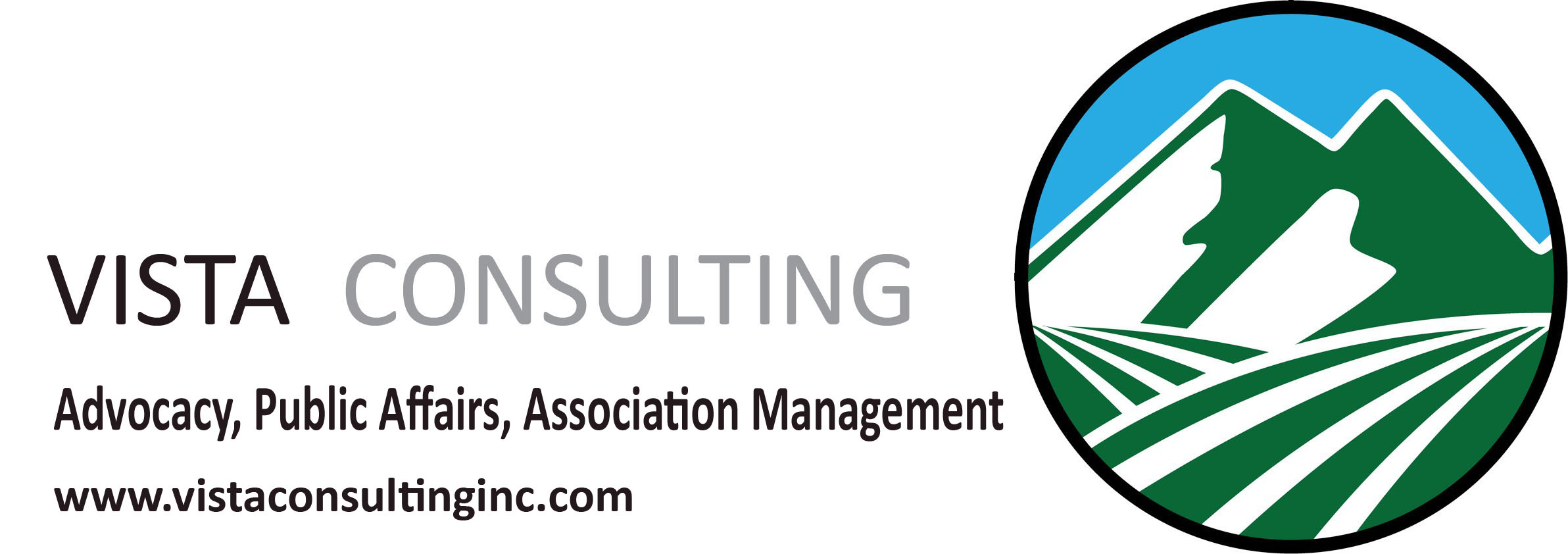
Resolutions
The first resolution was for the board to approve the new SLDM/Friant memorandum of understanding. The resolution would add the Friant authority to the vote on O&M matters and the Friant representative could sit in on closed session for O&M matters. I think I heard Febbo say there are some cost benefits to Westland to approve this resolution. It will take 17 of the 27 SLDM members to approve this this MOU. I believe it was Director Frank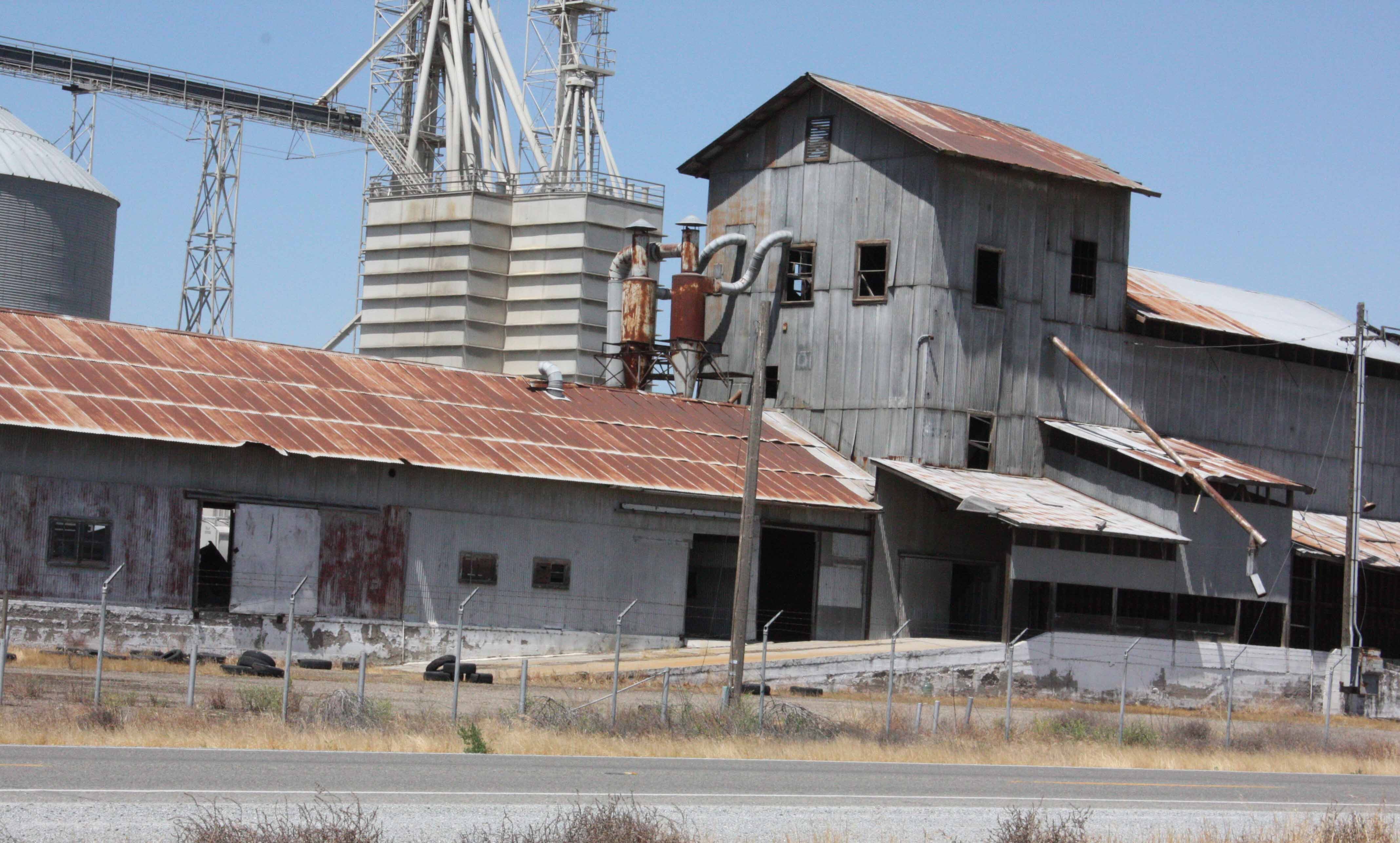 Coelho who asked if the new inhouse counsel Elizabeth Esposito had reviewed the changes to the JPA. It was pointed out the resolution could be passed with the caveat of legal review. Bourdeau thanked everyone for the time and effort it took to get things to this point. He is the Westlands representative to SLDM. The board passed the resolution.
Coelho who asked if the new inhouse counsel Elizabeth Esposito had reviewed the changes to the JPA. It was pointed out the resolution could be passed with the caveat of legal review. Bourdeau thanked everyone for the time and effort it took to get things to this point. He is the Westlands representative to SLDM. The board passed the resolution.
The next resolution was for the board to call for an election. Ormonde said there are five directors up for reelection. This is a landowner based election and through the County of Fresno – somehow, I didn’t catch all the state law – an officer of Westlands can conduct the election. I believe that means Ormonde. I recall a couple of years back when Tom Birmingham was the GM someone questioned Ormonde’s management of the election and that made Birmingham set up straight and lay it out. He stuck up for Ormonde’s integrity and I’ll confess it was inspiring to me to see him stick up for his staff. Good for him.
On that note, Ormonde said the board does have the option of hiring an outside firm to conduct the election if they chose. Febbo pointed out someday Ormonde may retire and the district doesn’t have the internal resources to conduct an election. Esposito said there is no prohibition to preauthorizing a vote or proxy vote. The landowners of title according to the county records, are the ones authorized to vote or give proxy. The election will also take a charge from the candidates of $200 to be placed on the ballot.
Coleman said he farms in seven districts and there isn’t one that comes close to being as complicated as Westlands when it comes to voting. Reiter said since 2020 the ballot rejection rate has fallen dramatically. He credited Ormonde in helping out with the preauthorization. He said 85 percent of the rejected votes were proxy votes and a form wasn’t filled out. He said there should be a longer notice and cure period. Reiter said the form is an additional complication and the process should revisited.
Evidently they didn’t teach notice and cure at the law school I didn’t attend. Ormonde kindly explained this a process wherein if the returned authorization form isn’t filled out correctly or is incomplete they can be noticed and fix the error and still be able to vote. There is also a legally defined time frame for conducting the elections. Coleman asked why it is easier to vote for the President of the US than a director of Westlands.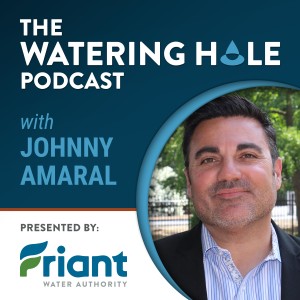
Diener had rather lengthy amendment to the proposed resolution. And even thought he repeated it twice I couldn’t get it all together. Franson, also an attorney, seconded the motion and the board passed the resolution. The board did want to bring in additional help with the election so as to prepare for Ormonde retiring. Although I’ll note Fortune tried to add an amendment to prevent Ormonde from retiring as she’s going to be another one tough to replace.
Leasing Land
Freeman told the board it could find certain amendments to the irrigable ag lease agreements for district owned land can be exempted from CEQA. Hughes said he doesn’t believe this land should be farmed. Diener said he’d like to see the land not be farmed but be eligible for recharge. Coelho said one reason to allow farming is to keep this land clean. It can be detrimental to the surrounding land. I believe he said he’s rented land from the district just to clean it up.
Hughes moved to prohibit surface and well water from district owned land but for recharge. Febbo suggested there be some board discretion for individual cases if warranted. That was added to the motion. The vote was three to three and Fortune recommended it be brought back next month when there were more directors present.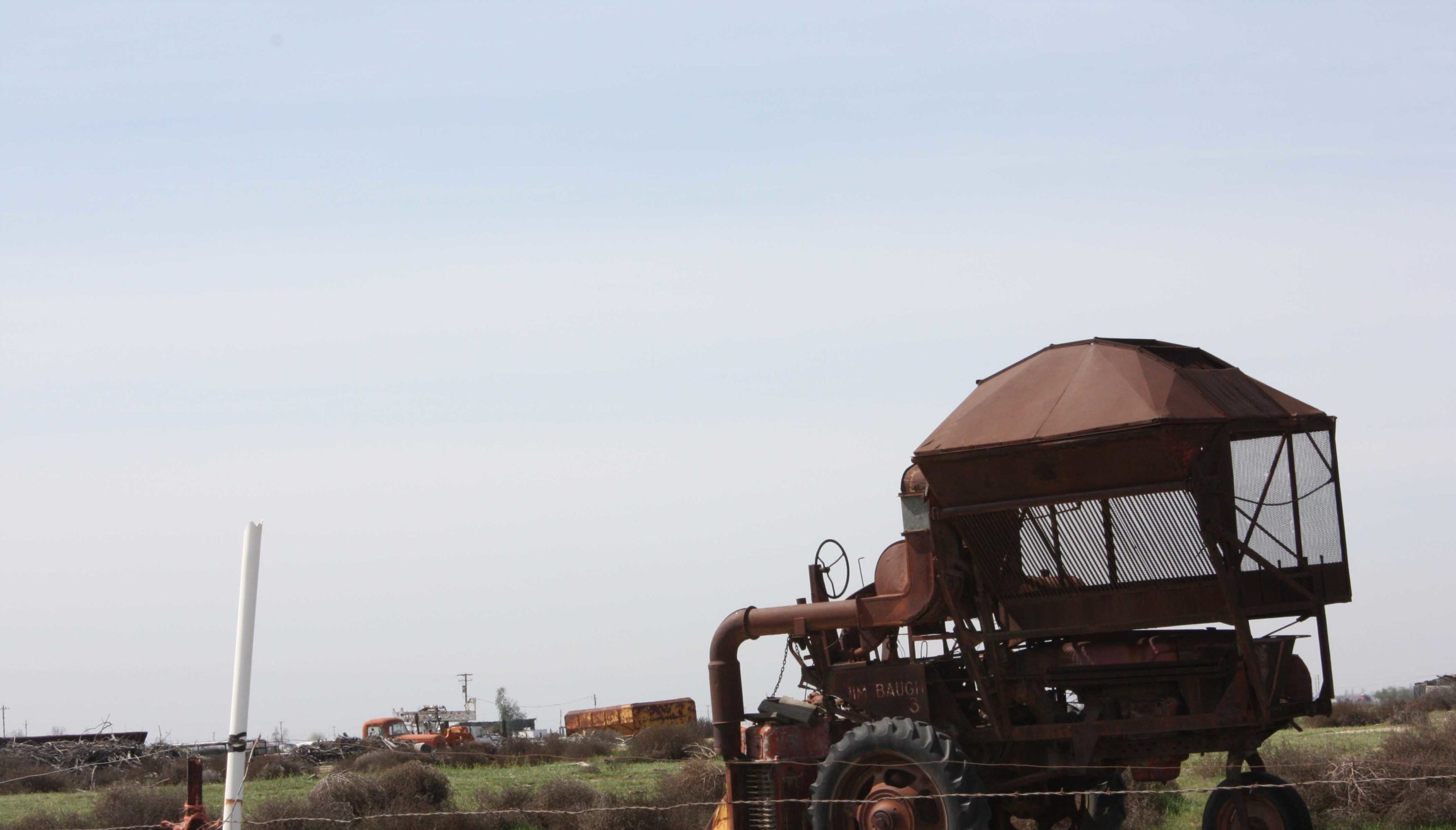
Public Comment & Closed Session
There wasn’t any public comment and the meeting went into closed session for a gaggle of legal and personnel matters as allowed by the Brown Act governing when a public agency can conduct business without the public watching. That was that. Go be good to each other and yourself.
DISCLAIMER OF RESPONSIBILITY; Waterwrights strives to provide clients with the most complete, up-to-date, and accurate information available. Nevertheless, Waterwrights does not serve as a guarantor of the accuracy or completeness of the information provided, and specifically disclaims any and all responsibility for information that is not accurate, up-to-date, or complete. Waterwrights’ clients therefore rely on the accuracy, completeness and timeliness of information from Waterwrights entirely at their own risk. The opinions expressed in this report are those of the author and do not represent any advertisers or third parties.
ALL RIGHTS RESERVED. Copyright 2024 by WaterWrights.net/DAW
Westlands Water District
286 W. Cromwell Ave, Fresno, CA 93711 Phone:559/224-1523
Board: Jeff Fortune -President, Jim Anderson – Vice President, Frank Coelho Jr., William Bourdeau, Kevin Assemi, Ross Franson, Jeremy Hughes, Ernie Costamagna & Justin Diener.
Staff: Allison Febbo-General Manager, Jose Gutierrez-Lt. General Manger, Russ Freeman-Deputy GM Resources, Kitty Campbell-Supervisor of Resources, Bobbie Ormonde-VP of Finance & Admin Affairs, Elizabeth Esposito-In House Counsel, Kelly Vandergon-Director of O&M, Jim Carter-IT Guru and Elizabeth Jonasson-Public Affairs Officer.
About: Without irrigation, farming in the Westlands area of California would be limited and ineffectual. The history of Westlands is one of continual adaptation, careful water stewardship and advanced technology. By maintaining a fierce commitment to sustainability, the Westlands’ comprehensive water supply system continues to adapt, educate, and surpass conservation goals. Throughout its history, Westlands Water District has demonstrated a lasting dedication to water conservation and recognized that the long-term survival of its farms depends on the effective management of California’s precious water resources. From www.wwd.ca.gov
SGMA: Westland WD is in the Westside Subbasin and the Westlands WD GSA. DWR #5-022.09




